In February, we celebrate Jewish Disabilities Awareness, Acceptance and Inclusion Month. (JDAIM).
As the Executive Director of a forward-thinking organization, and having had a son with disabilities, I often feel like I know of what I speak. However, a well-meaning student highlighted ‘ableist’ language in a curriculum I shared, and it gave me pause.
First, it was a reminder I have so much to learn.
And, second, what else am I doing to propagate narratives that do not serve our community of humanity? Are the readings that I am including in our curriculum inclusive of people from diverse backgrounds and experiences? Is the language I use elevating, rather than separating?
Kabbalah teaches about a world where diversity is celebrated, rather than holding the expectation that everyone is the same. Eco diversity and human diversity, make us stronger, and better able to achieve a world of greater equity and love. We do not assume everyone is the same, or comes from the same experience. We are not striving for a ‘homogenous humanity,’ as we discuss in our New Human Narrative Curriculum. We want to experience people of diverse abilities, races, cultures and religions, coming together- as we are all created from that same אור/Or energy, light of creation. And, we are all created in the image of the Divine.
We are taught through Kabbalah, of the power of speech, and how speech creates our realities. Our words can create or destroy. How much more so, when we are talking to- or talking about(!)- our fellow human.
In my reading on ableism and ableist language, I was reminded of some guidelines:
- Avoid euphemisms- just say people are disabled or have a disability
- Instead of talking about people from deficit perspective, use a strengths perspective- instead of “this person is wheelchair bound,” say “a person who uses a wheelchair.”
- Avoid ableist phrases like ‘lame’ (associating mobility limitations as being bad), ‘falling on deaf ears’ or ‘turning a blind eye’
The discrimination of disabled/differently abled people in favor of able-bodied people, also known as ableism, spans far and wide in media, and ranges from the subtle to the glaringly obvious. While representation of disabled people in media in general is sorely lacking, plenty of the disabled characters that do exist in the mainstream are poor examples of real disabled people. Often these characters are used to cater to a majority abled audience and as such are victims of tokenism, poor characterization, and, most upsettingly, ableist tropes.(from https://theradius.eu/ableist-tropes-in-media-that-need-to-be-retired-and-why-they-became-so-common/?fbclid=IwAR3CZ5QnvKPVPVo8vGSxWOKJ6iVXUg0hihGNIpTTgTz–Fe0ETD-pSAA3ZU#:~:text=Ableist%20Tropes%20in%20Media%20that%20Need%20to%20be,ranges%20from%20the%20subtle%20to%20the%20glaringly%20obvious)

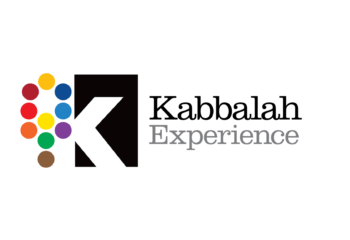
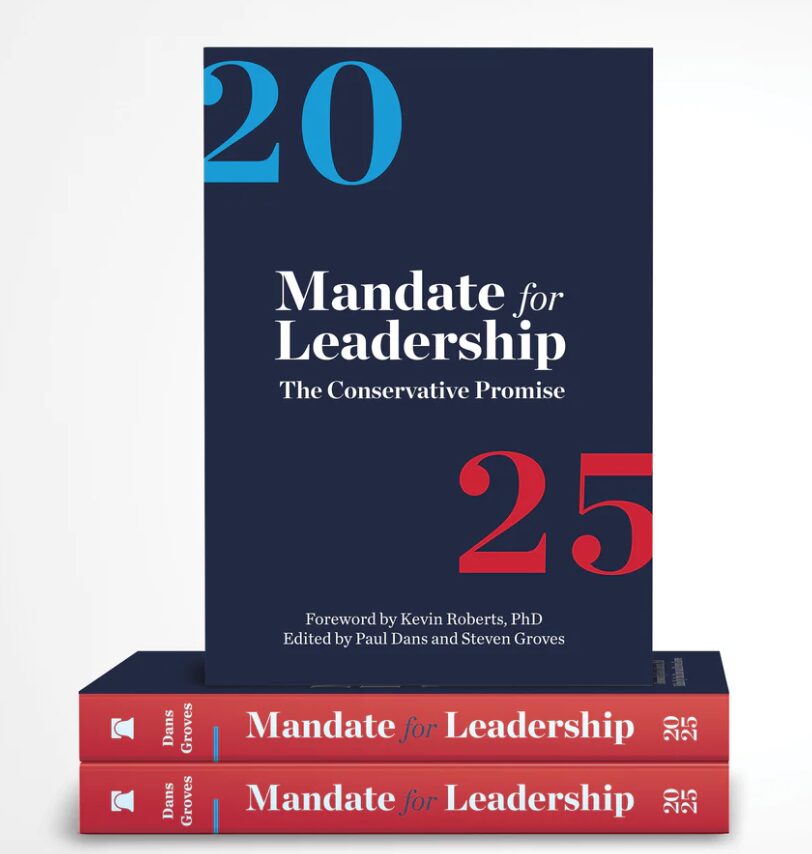
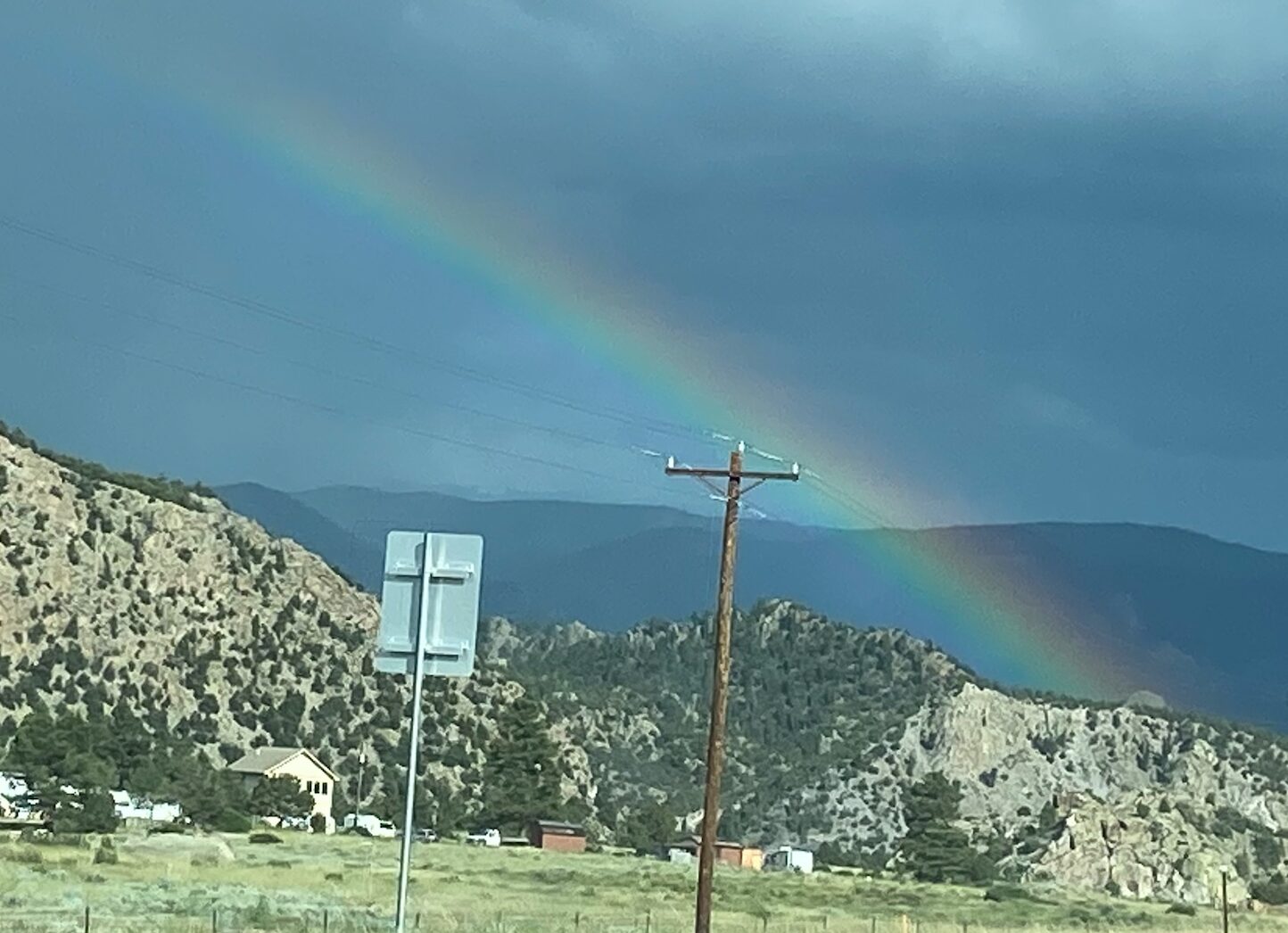
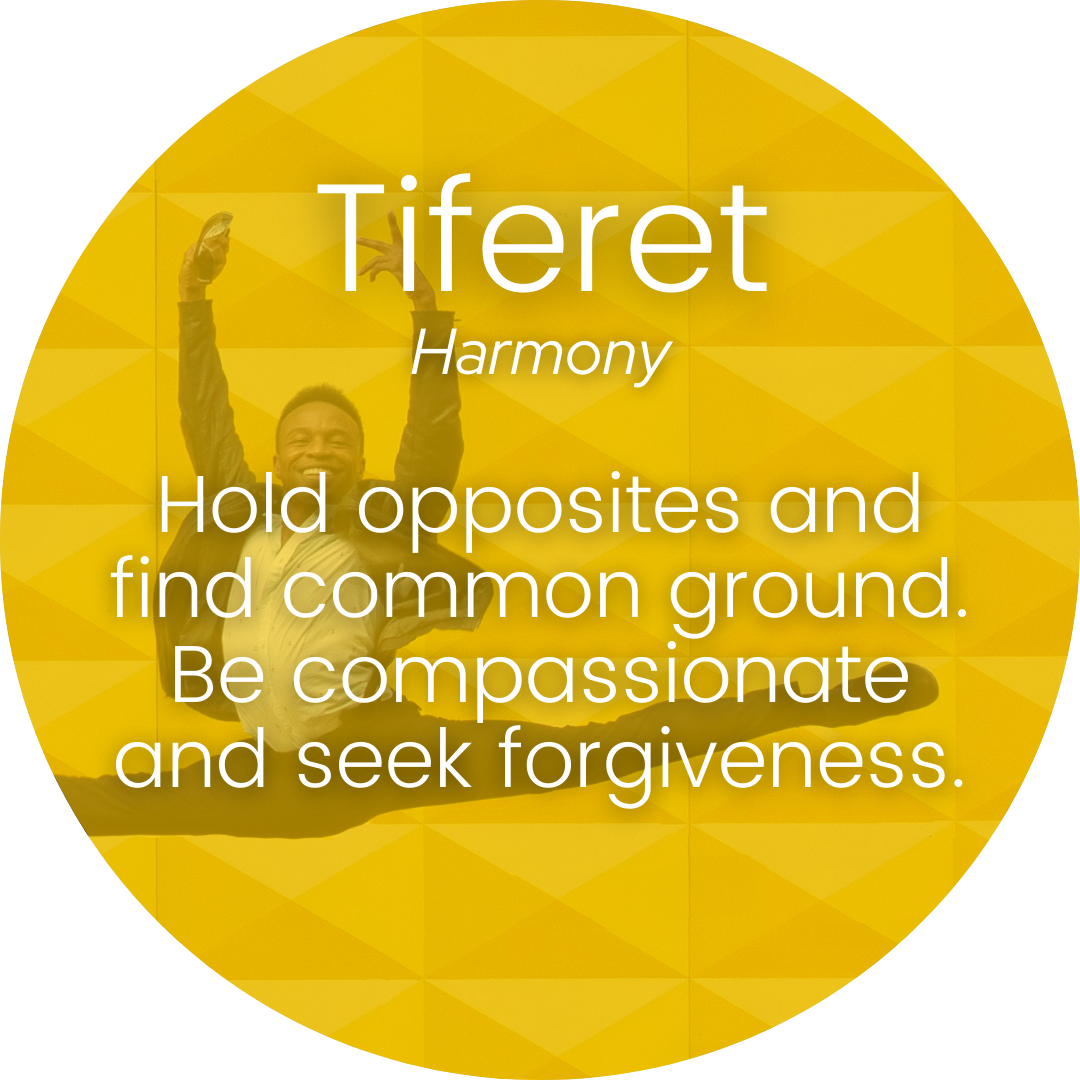
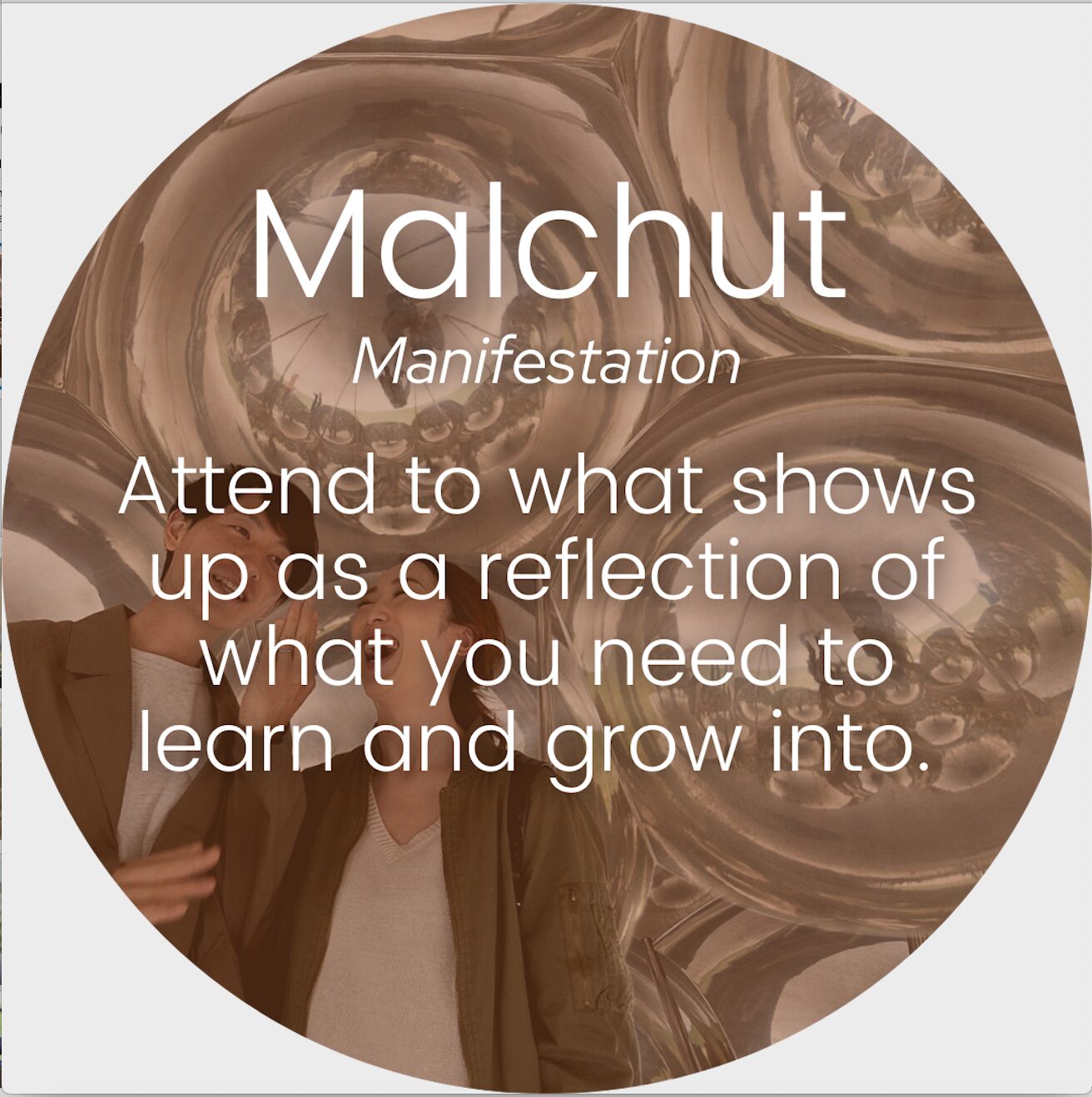
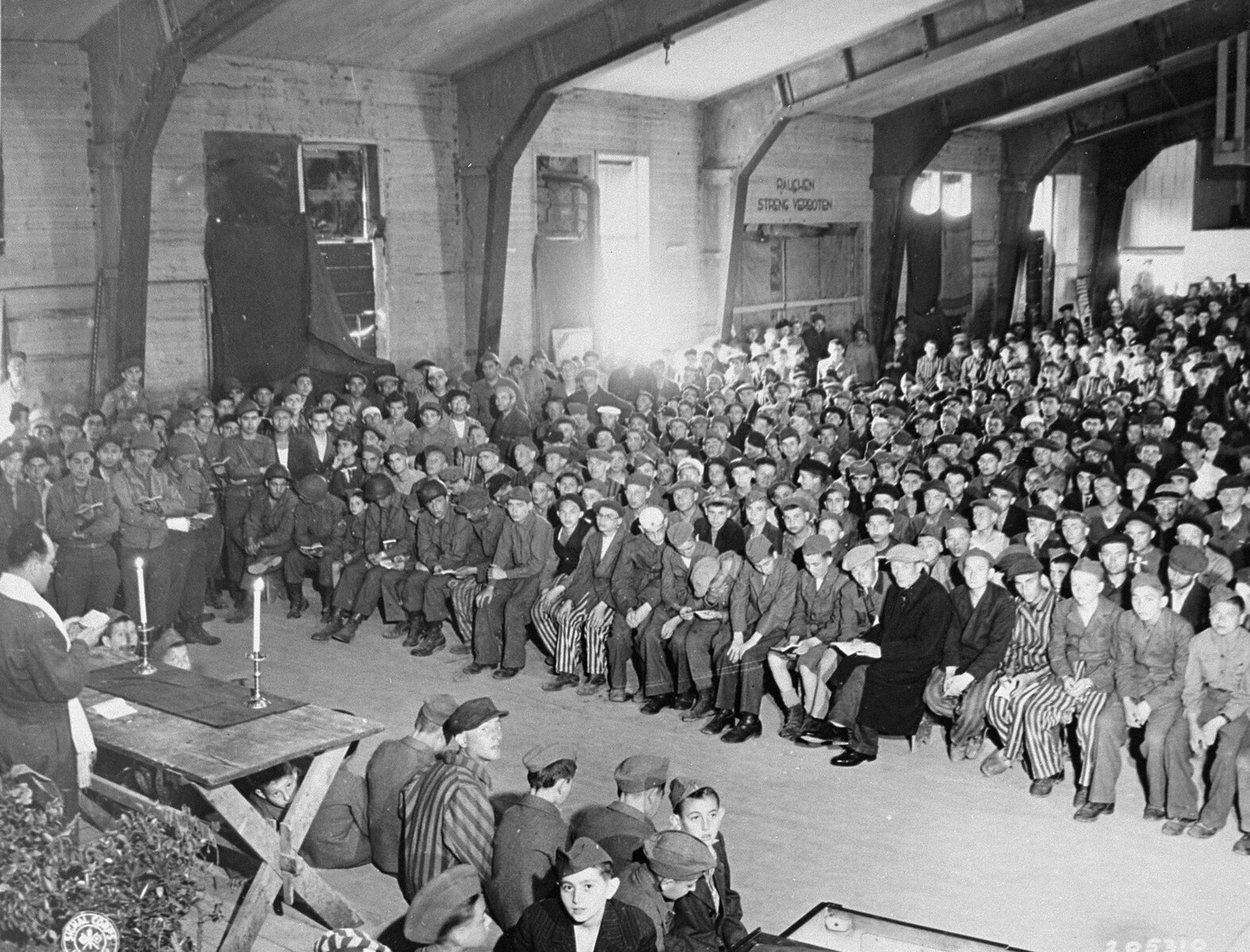
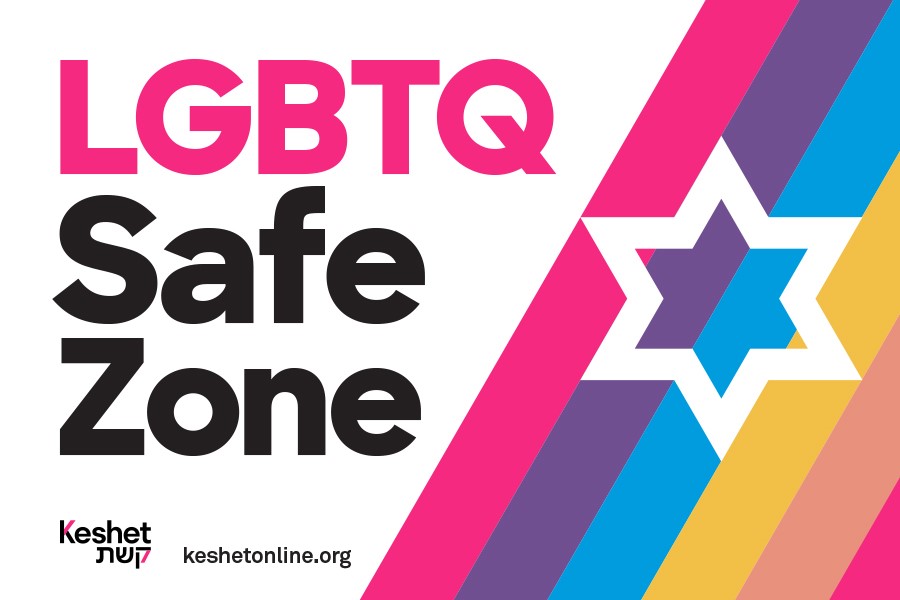
0 Comments